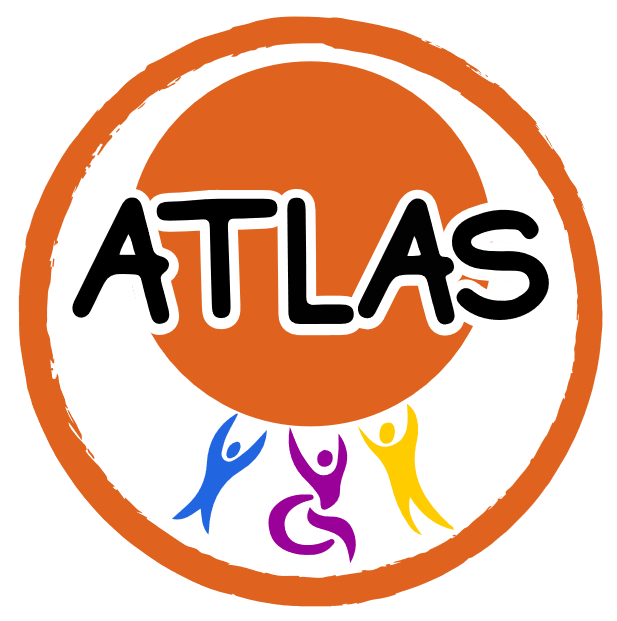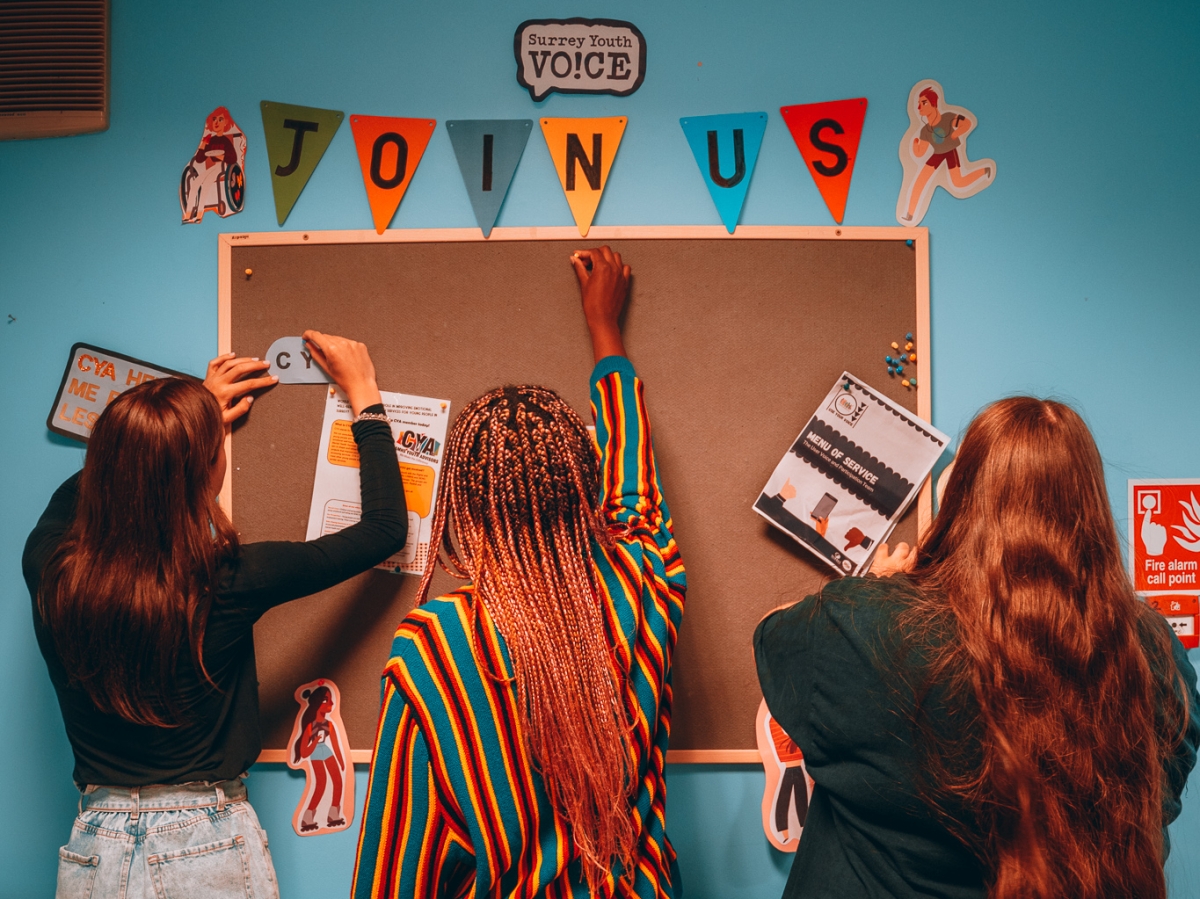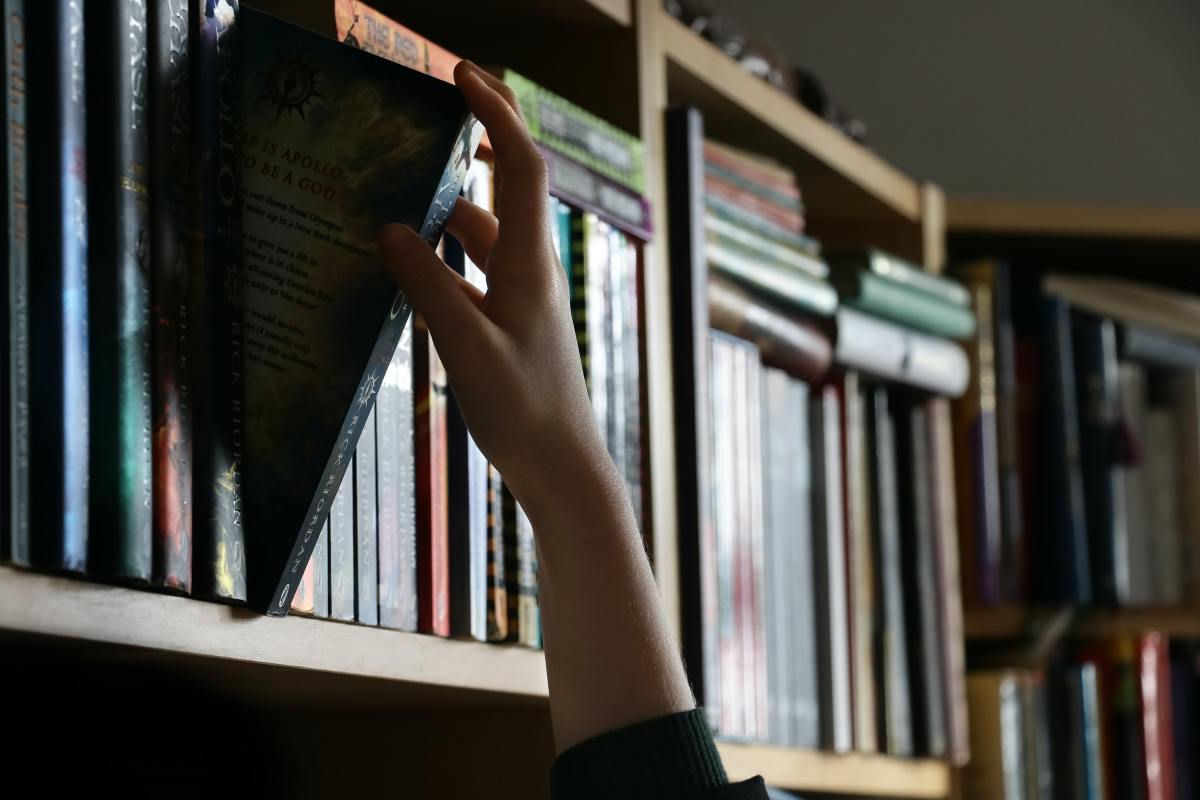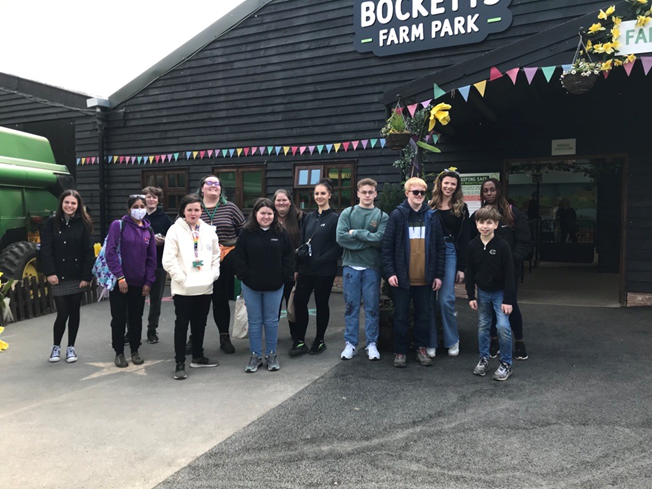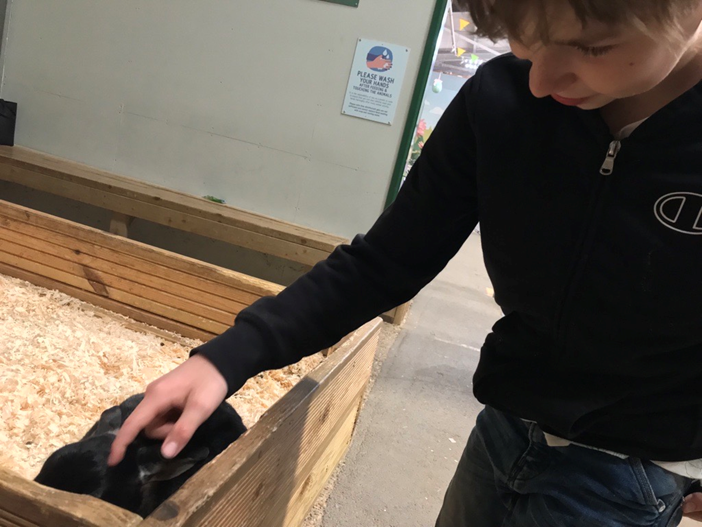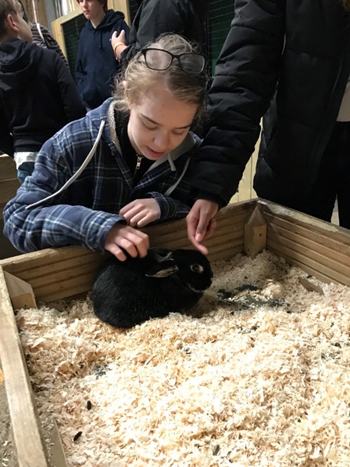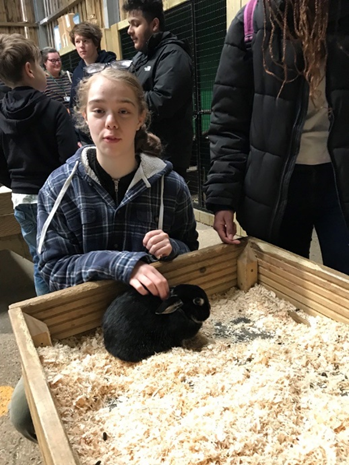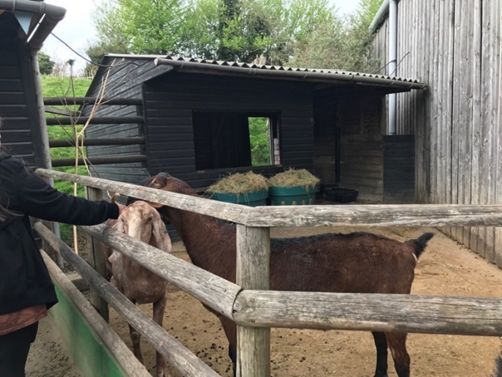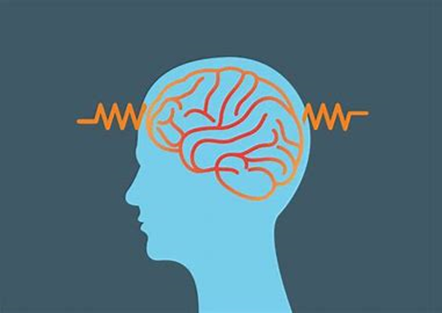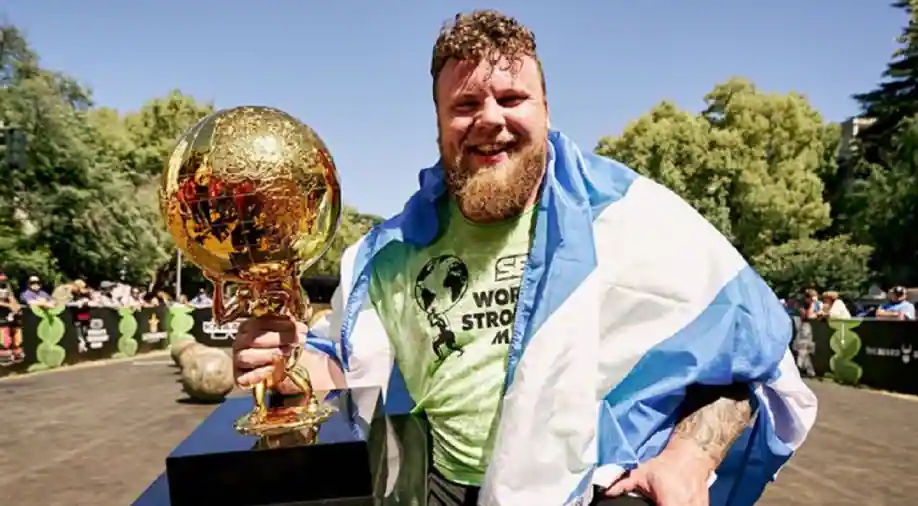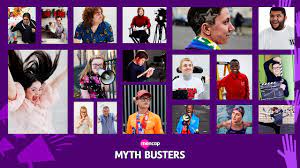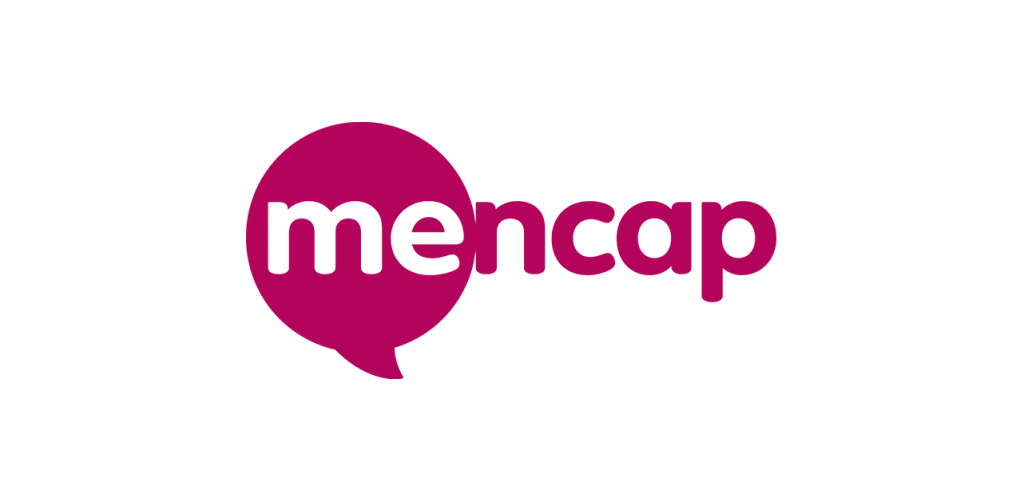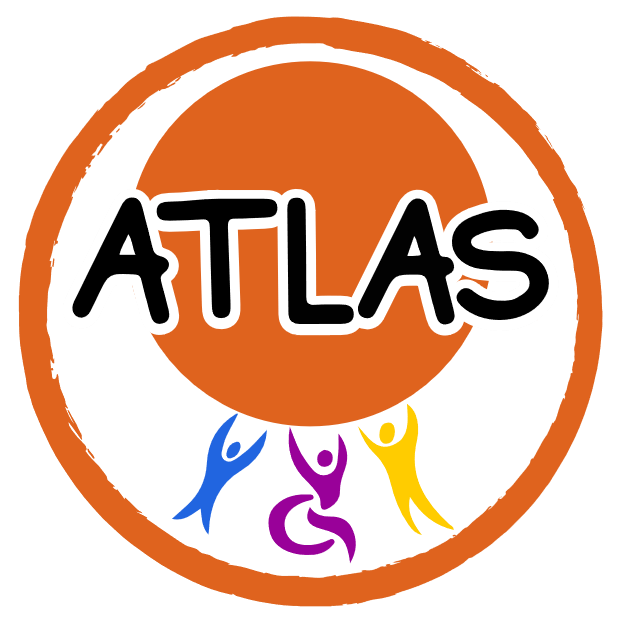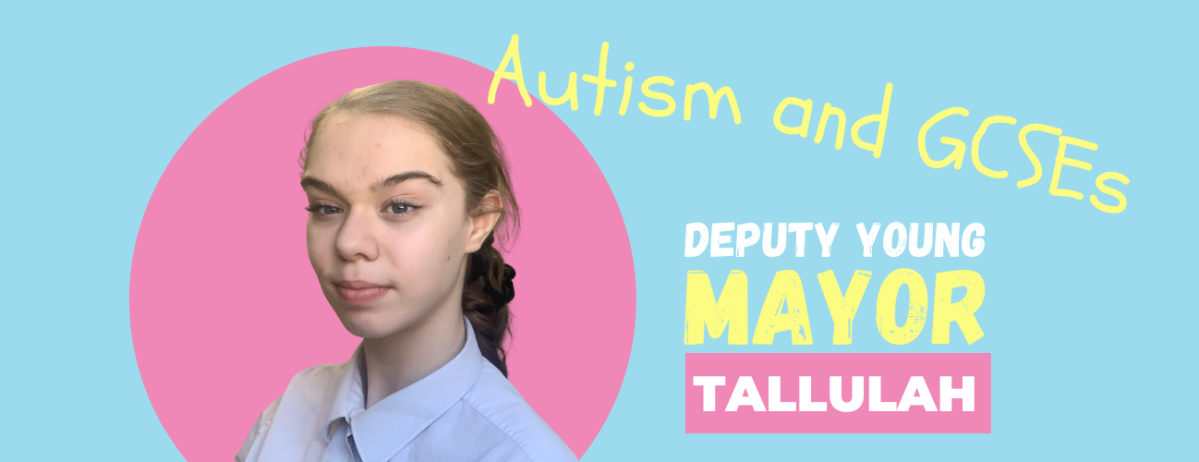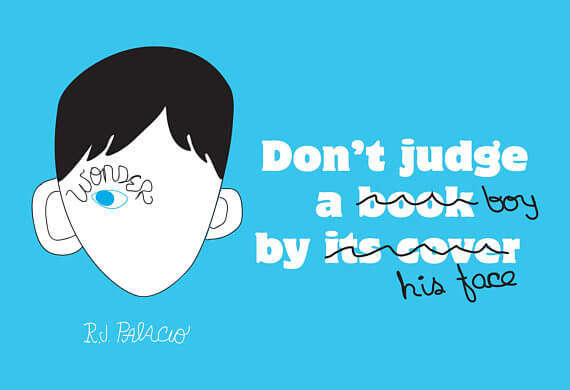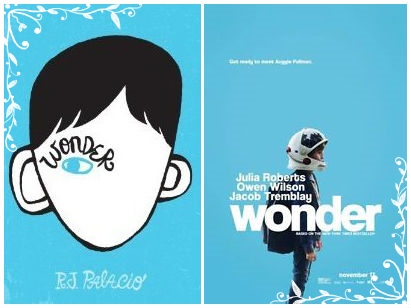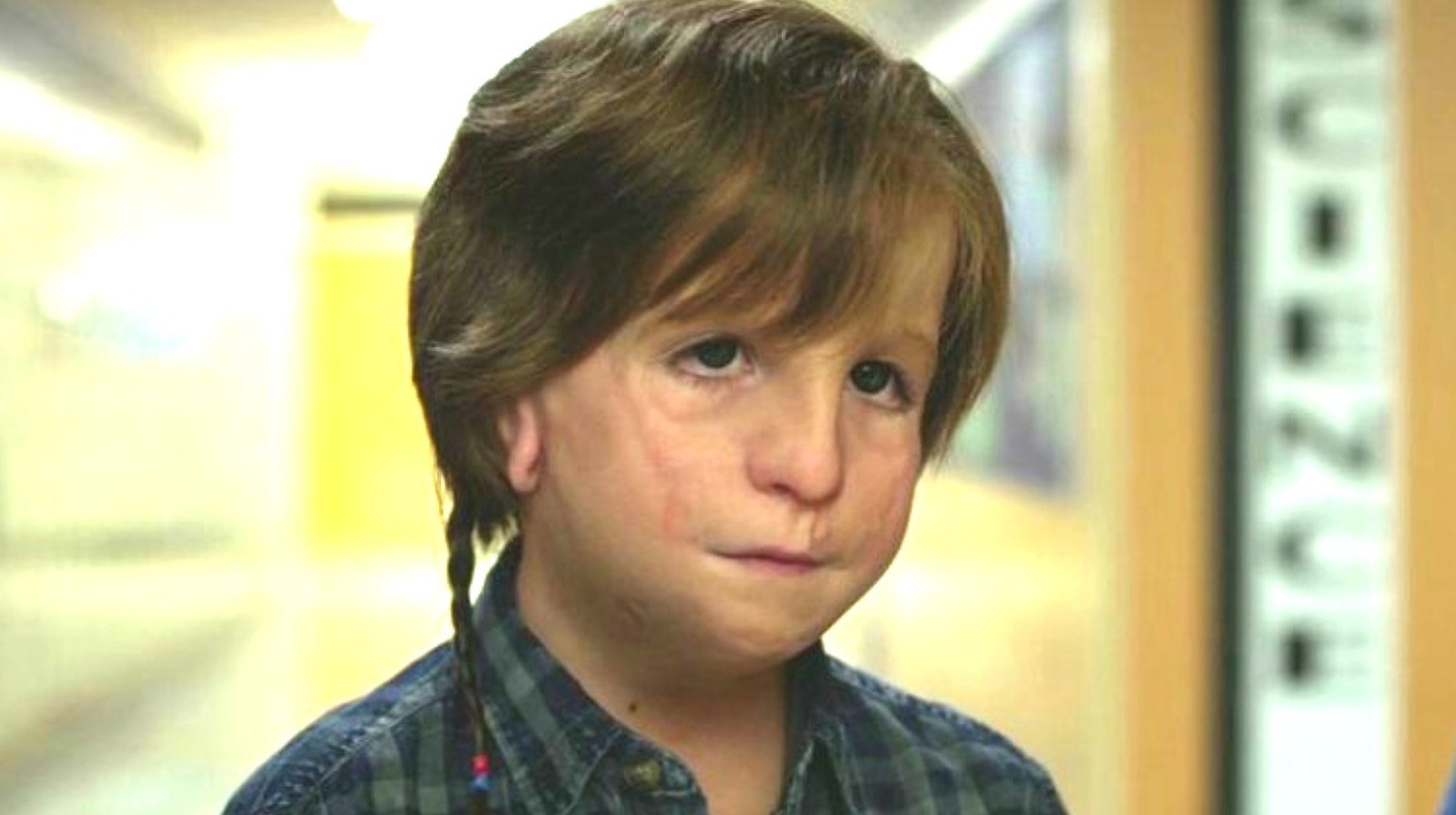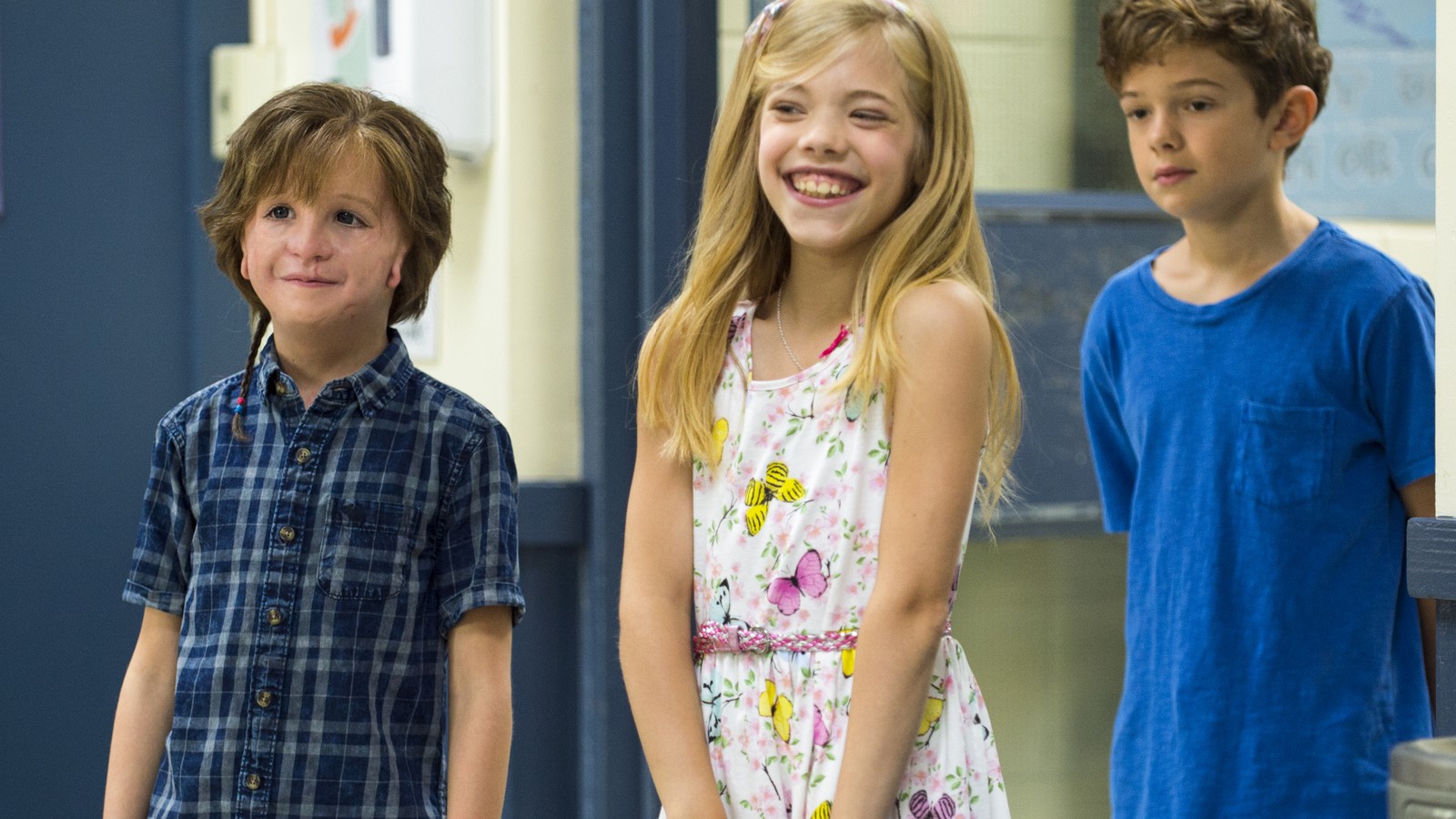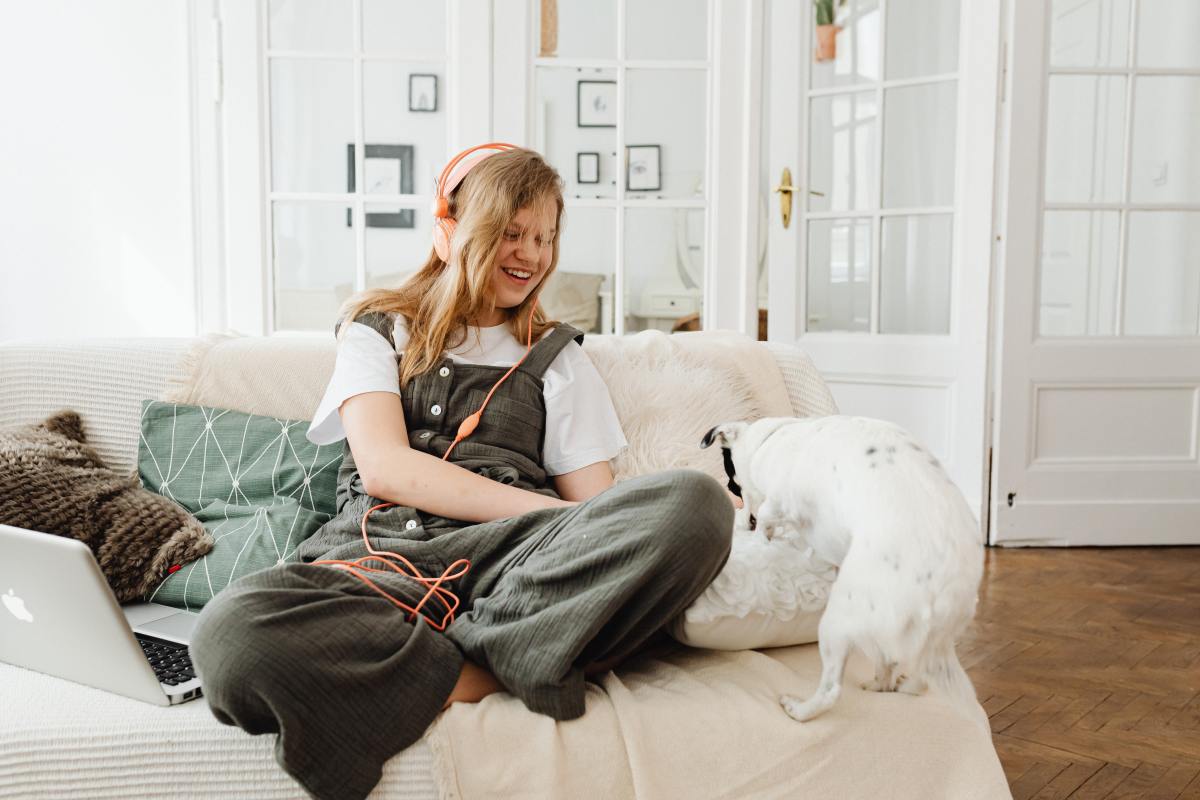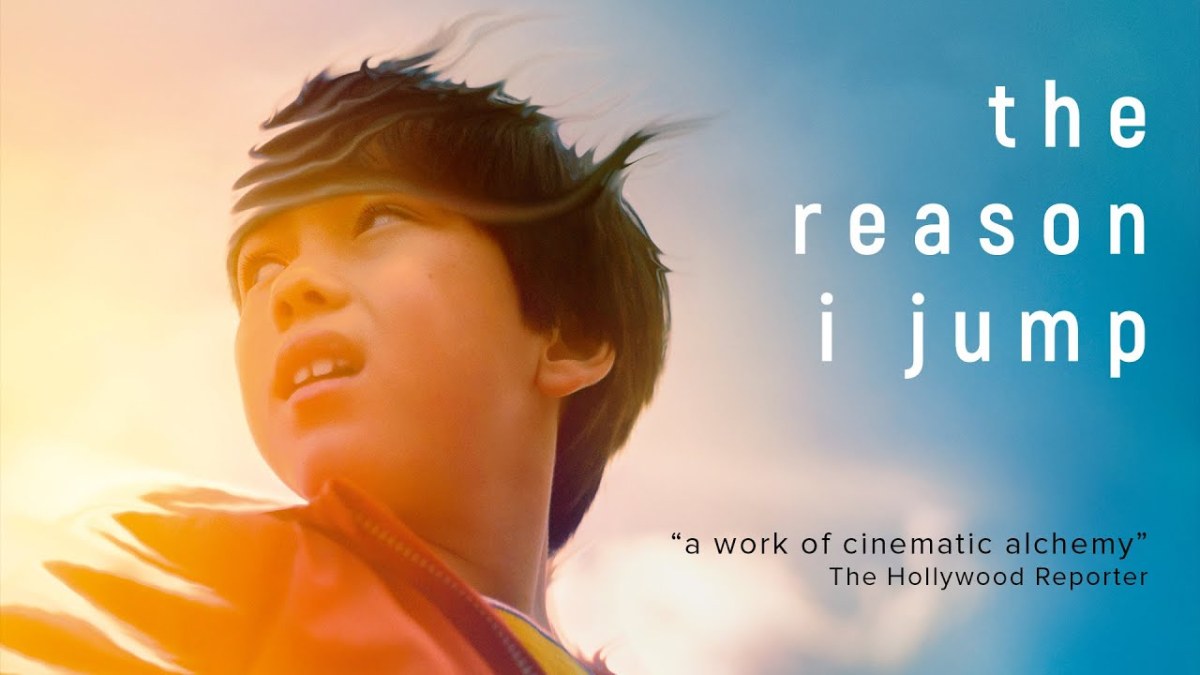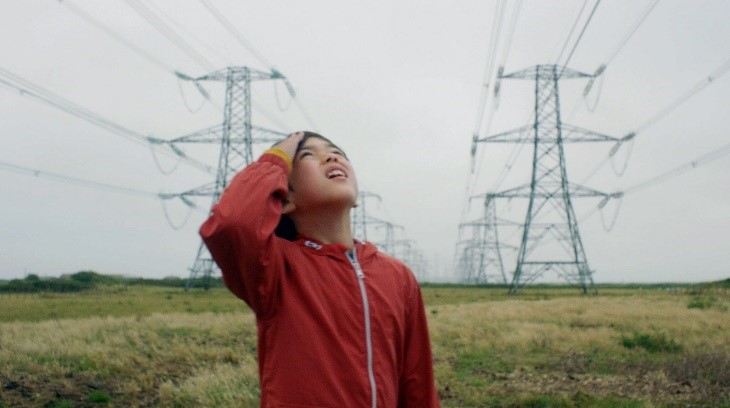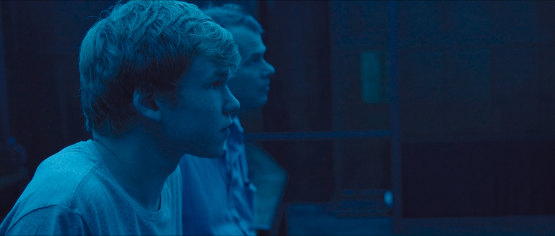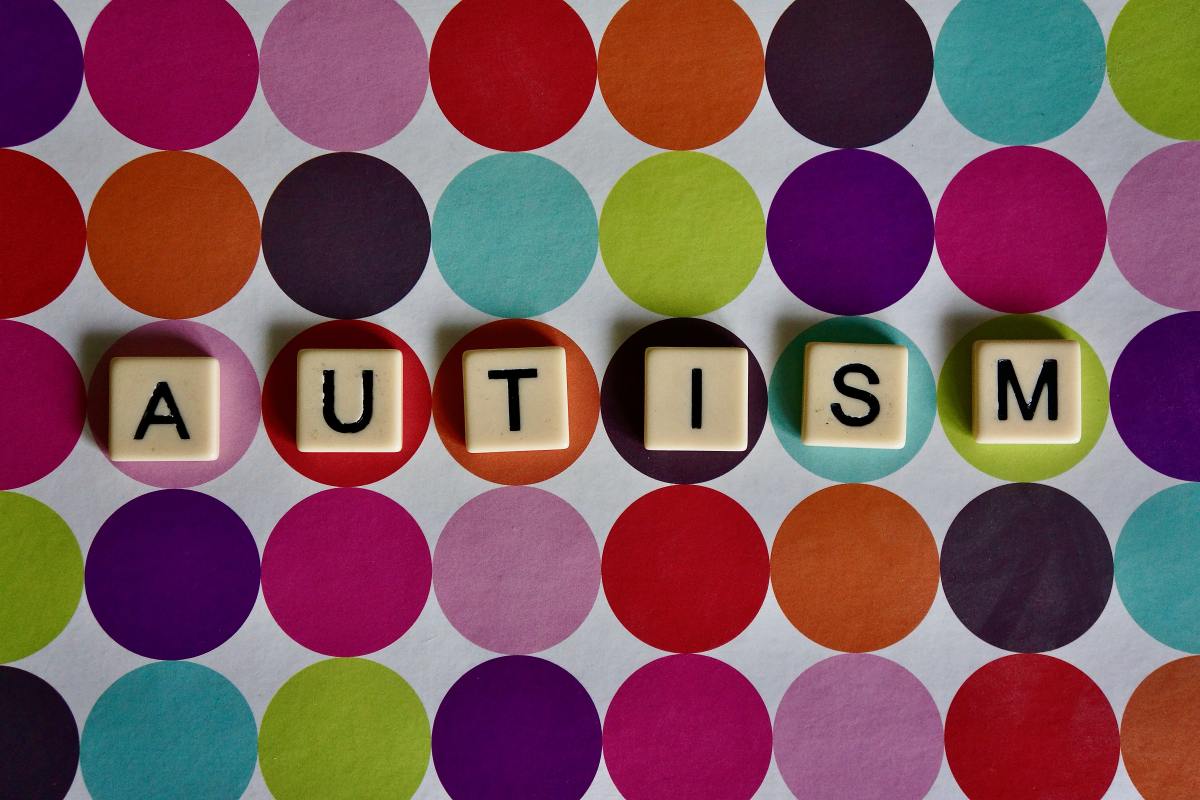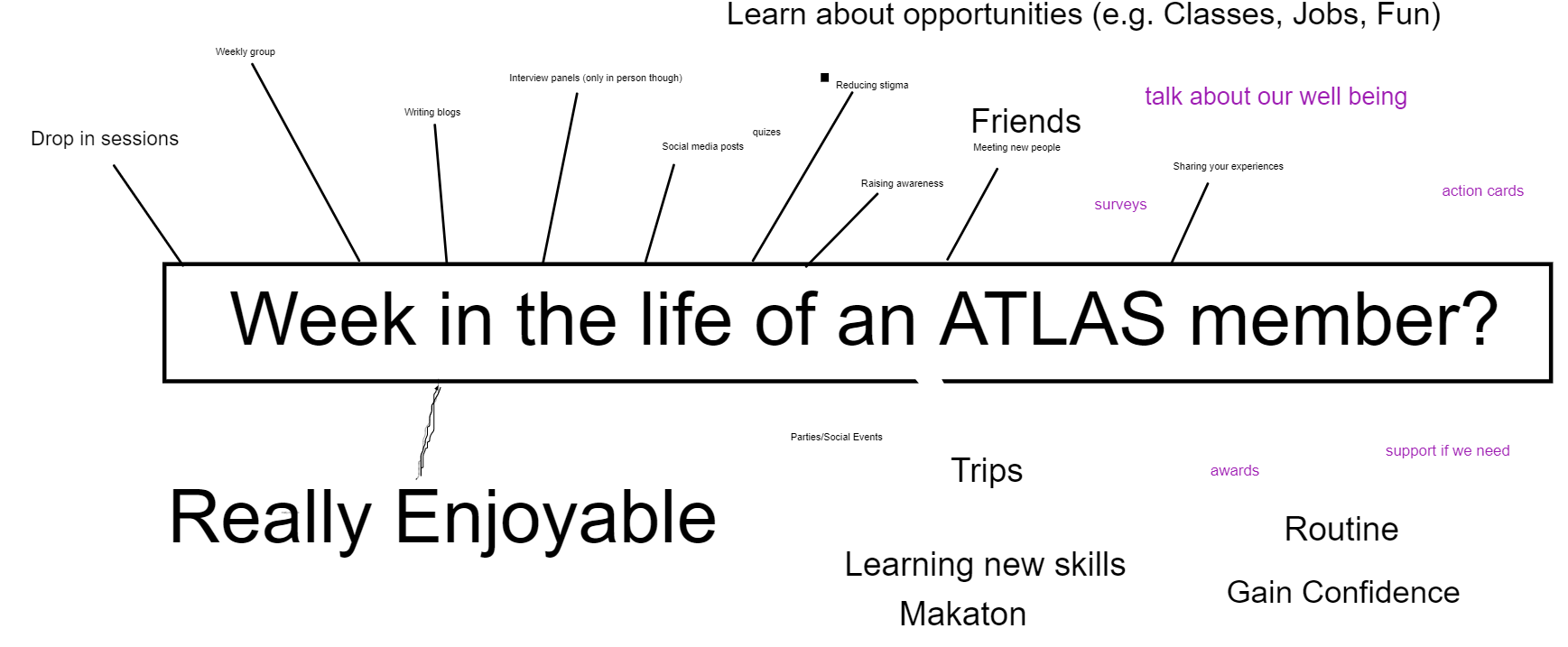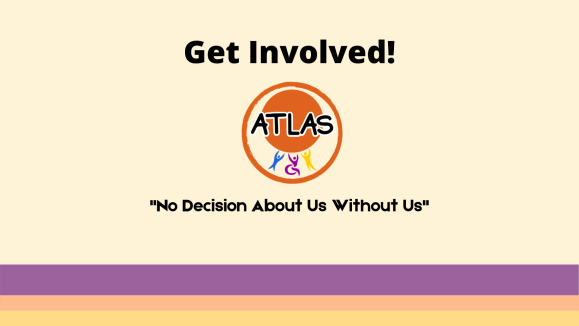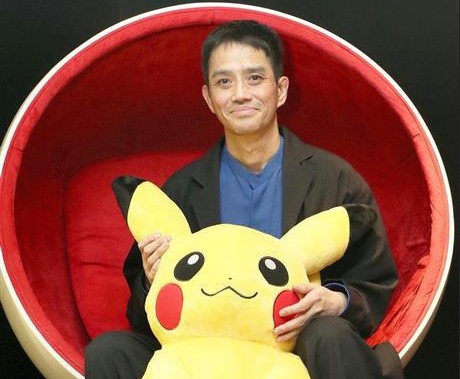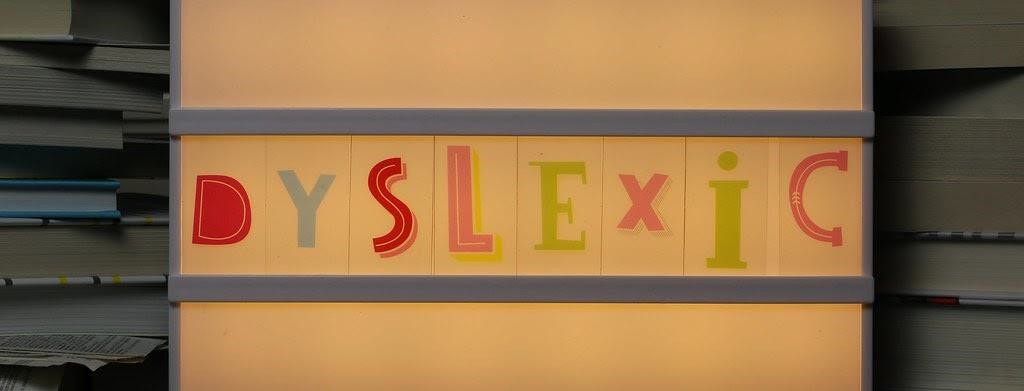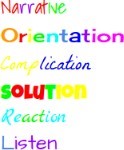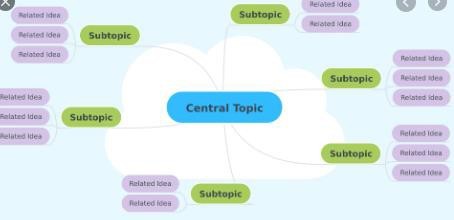Note: you can download all the chapter pdfs at the bottom of this blog!
Contents
- Contents
- Introduction and context
- How this chapter works
- Guide to the rating system
- Preferred Terminology Examples
- Report Chapters
Introduction and context
ATLAS aims to bring about positive change for people with additional needs and disabilities. A priority for us as ATLAS members is to actively tackle ableism, stigma, and discrimination in the work that they do. An essential part of this includes raising awareness around the power of language, especially the language used to define disability.
When talking about language, it is important to understand the power of language itself. How language shapes society, culture, the way we see groups of people and even how we see ourselves.
Language can, and does, shape and influence our reality. In this report, we focus on how language can spread ableism, stigma and discrimination.
Aiming to increase the use of language that people with additional needs and disabilities use to self-describe and identify in personal and professional settings.
How this chapter works
We felt that presenting just a list of words would not be enough to help professionals, services and the public understand the importance of language in their everyday lives.
Guide to the rating system
When we were discussing in group sessions how to indicate whether words should not be used, should be used with caution or are okay to use, we initially discussed using a traffic light system. However, it was found that some words can be more (or less) appropriate in different situations.
Therefore, in this report we categorise words using an adapted RAG (Red, Amber, Green) rating system: red words, red-orange words, orange words, orange-green words, or green words. ATLAS recommendations for each of these categories are listed in Table 1.
“The point of orange is that if the disabled person uses it themselves, that’s one thing, but if you use if for them it’s not ok. Ask first”
-ATLAS member
Please remember that this guide should not be used to overwrite the lived experiences of others. We would always encourage professionals to communicate with the people they work with and use the language that they self-identify and describe themselves with, even if that differs from the language suggestions we provided here. If in doubt, ask.
| Category | ATLAS Recommendation |
| Red | We recommend that red words are not used because they are harmful and may be offensive. We believe these words spread ableism, stigma, and discrimination |
| Red-Orange | We recommend that red-orange words are not used to talk about all young people with additional needs and disabilities. However, some individuals may prefer this language, or the word may be deeply entrenched into a system that will need time to adapt its language. |
| Orange | We recommend that orange words are not used without the permission of the young person(s) with additional needs and disabilities that you are talking to or about. |
| Orange-Green | We recommend that you are careful when using these words as whether or not they are appropriate to used may vary depending on the person or group you are talking or referring to. A majority of people may have no problem with these words, however there will be people who prefer to self-describe differently. |
| Green | We would like to encourage you to use green words. These words are used by us ATLAS members to self describe and identify. |
Preferred Terminology Examples
1. Use the term Additional Needs and Disabilities instead of Special Educational Needs and Disabilities (SEND)
“We don’t like to be called special.”
-ATLAS Member
“[Special] is a euphemism. The way that it works with euphemisms is that they’ll put a euphemism on a term that is regarded badly by society. But unless you change the underlying attitude then the new word will just become a bad word in itself.”
-ATLAS Member
During ATLAS sessions we discussed how people wouldn’t be able to immediately stop using some of the acronyms with the word “special” because the term “special” is used nationally for young people with additional needs and disabilities. This includes the acronyms SEND (Special Educational Needs and Disabilities), SEN (Special Educational Needs) and SENCo (Special Educational Needs Co-ordinator).
Therefore, we have allocated a red-orange rating: it is ok to use for now, however we would like to encourage professionals to start moving away from terms that contain the euphemism ‘special’.

Not only do these acronyms include the word special, but they also relate someone’s needs directly to an educational setting. We want these terms changed to remove the ‘educational’ component from the descriptor.
“It is not just in school but out in society.”
-ATLAS Member

Instead, we would like the term additional needs and disabilities to be used. We also recommend asking the young people that you work with what words they would like to replace these terms.
2. Use the term Specialist Schools instead of Special Schools.
“I tend to use the term specialist when talking about schools instead of special. They are targeted for a specific thing, so they are specialist, not special.”
-ATLAS Member
The term special school is used to describe a school that is for children or young people with additional needs and disabilities.


3. Do not use descriptive terms like high or low functioning.
Descriptive terms are words or phrases that are used to further define a diagnosis. During ATLAS we raised that these words are often used to place people with additional needs and disabilities onto a linear scale.
“No-one is in a box, no-one is linear.”
-ATLAS Member
There are two examples in particular that ATLAS recommends people stop using and that is high and low functioning or cognitive functioning.

“People find high functioning and low functioning very offensive.”
-ATLAS Member

“I would say I would be called low functioning. It separates disabled people. I’d say it would make people feel different and not in a good way. You’re making another minority.”
-ATLAS Member
Disability is fluid and therefore viewing the needs of disabled people in a linear way does not reflect reality. Having such a restrictive label attached to us can be very limiting in the way we are then treated. As disabled people we can have different abilities to cope at different times, however we can end up being defined by how we were able to cope in a specific moment and/or environment during an assessment. This means that the assessment results may not be applicable to our lived experience as a whole and is not always reflective of how we may respond in a different situation.
“They always think I’m needy or that I don’t need any adaptions, when I’m in the middle and have a spiky profile.”
-ATLAS Member
“A spiky profile is so so so common in neurodivergency as well. That being, having different levels of support needs in different areas.”
-ATLAS Member
“Everyone around me assumes that I am not able to do things. Whereas I can’t do some things some days, but I can other days. Phone calls are difficult for me because I am a selective mute. In person I can write a note.”
-ATLAS Member
“Some people at my Uni use high or low support needs instead.”
-ATLAS Member
4. Use the word Disability.
Disability is a word that is widely accepted by the disabled community as the word that the community identifies with and wishes to be used to describe them. In ATLAS we identified the following reasons why young people might not use the word disability to self-describe and identify:
- Due to ableism, stigma and discrimination, some of us felt differently about the word disability.
- In ATLAS we also recognised that until society is more inclusive, the needs of disabled people will be seen as additional to the ‘norm’. Therefore, ATLAS felt that at this point in time, they could not categorise the word disability as a green word.

When professionals are working directly with young people with additional needs and disabilities, ATLAS would like them to ask those young people how they self-describe and identify, then use that language.
Importantly, when you are talking about or to the community as a whole or are referring to additional needs and disabilities in general, you must include the word disability, so that you are not excluding people or promoting stigma and discrimination through omission.
“Some people have reclaimed ‘disabled’ – some people have reclaimed, some not.”
-ATLAS Member
“Everyone identifies with Disability differently. Some Deaf and Blind people don’t consider themselves disabled. But for me I am chronically ill, so it doesn’t matter where you put me, I’m still in pain all the time.”
-ATLAS Member
Remember,
“Disability is not a bad word.”
-ATLAS Member
ATLAS would like to see a future where people are not uncomfortable or afraid to identify as disabled.
